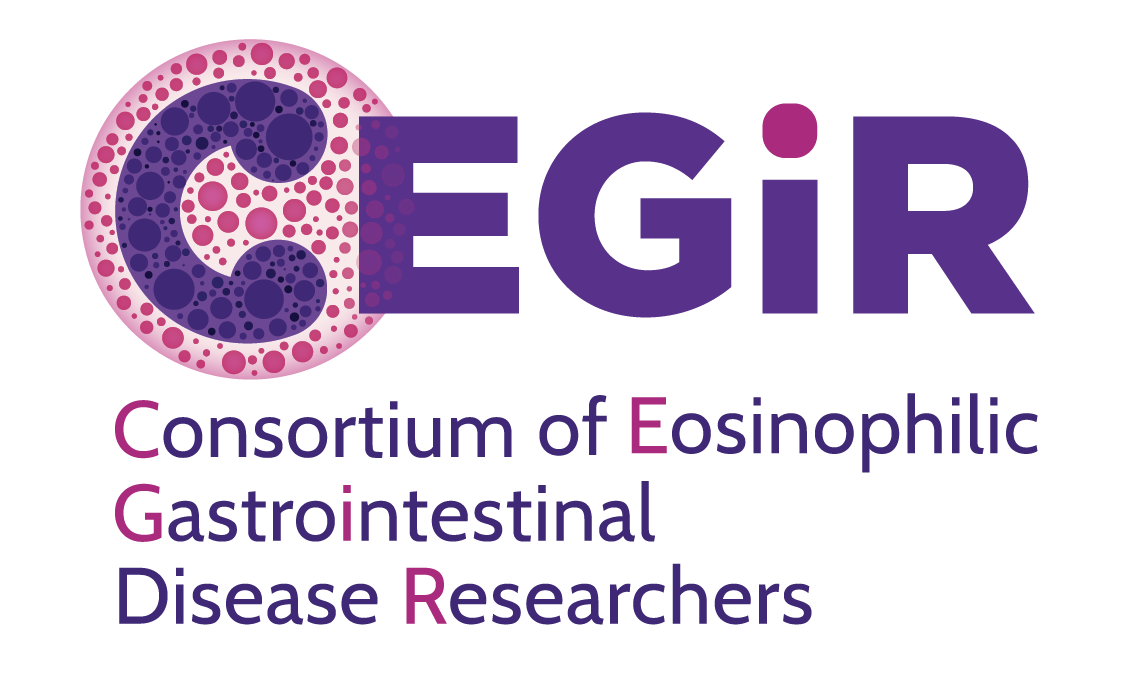What is eosinophilic colitis?
Eosinophilic colitis is a rare disease in which a type of white blood cell, the eosinophil, accumulates in the colon and causes injury and inflammation to the large intestine(colon). Common symptoms include:
- Diarrhea, sometimes with blood
- Difficulty gaining weight
- Poor growth and weight loss
- Abdominal pain
- Malnutrition and anemia (low blood counts)
- Fatigue
Who gets eosinophilic colitis?
Eosinophilic colitis may affect both adults and children. It often presents in the first six months of life, however, it can be diagnosed at any age.
What causes eosinophilic colitis?
In most cases, the cause of eosinophilic colitis is unknown.
How is eosinophilic colitis diagnosed?
Eosinophilic colitis is diagnosed by a lower endoscopy or colonoscopy. This involves placement of a lighted tube into the anus, rectum and large intestine. Tissue biopsies of the large intestine are necessary to make the diagnosis.
A pathologist will review these biopsies to help determine if there are higher-than-normal levels of eosinophils present. Presently, there is no consensus on how many eosinophils in the large intestine are considered to be “too high,” and this can sometimes make diagnosis difficult. A doctor will use symptoms, visual evidence noted during the endoscopy and the pathology report to arrive at a diagnosis.
What is the treatment for eosinophilic colitis?
In infancy, there are no consensus guidelines for the treatment of eosinophilic colitis but sometimes changing formulas may help. In older individuals, the disease is typically chronic, although it may respond to anti-inflammatory, immunosuppressive or diet therapy.
Medications may be prescribed to treat symptoms and may include systemic steroids, topical steroids administered by enema or suppository, anti-inflammatory medications, and iron supplements for patients who are deficient.
In order to evaluate the efficacy of the treatment, periodic endoscopies with biopsies will be necessary.

